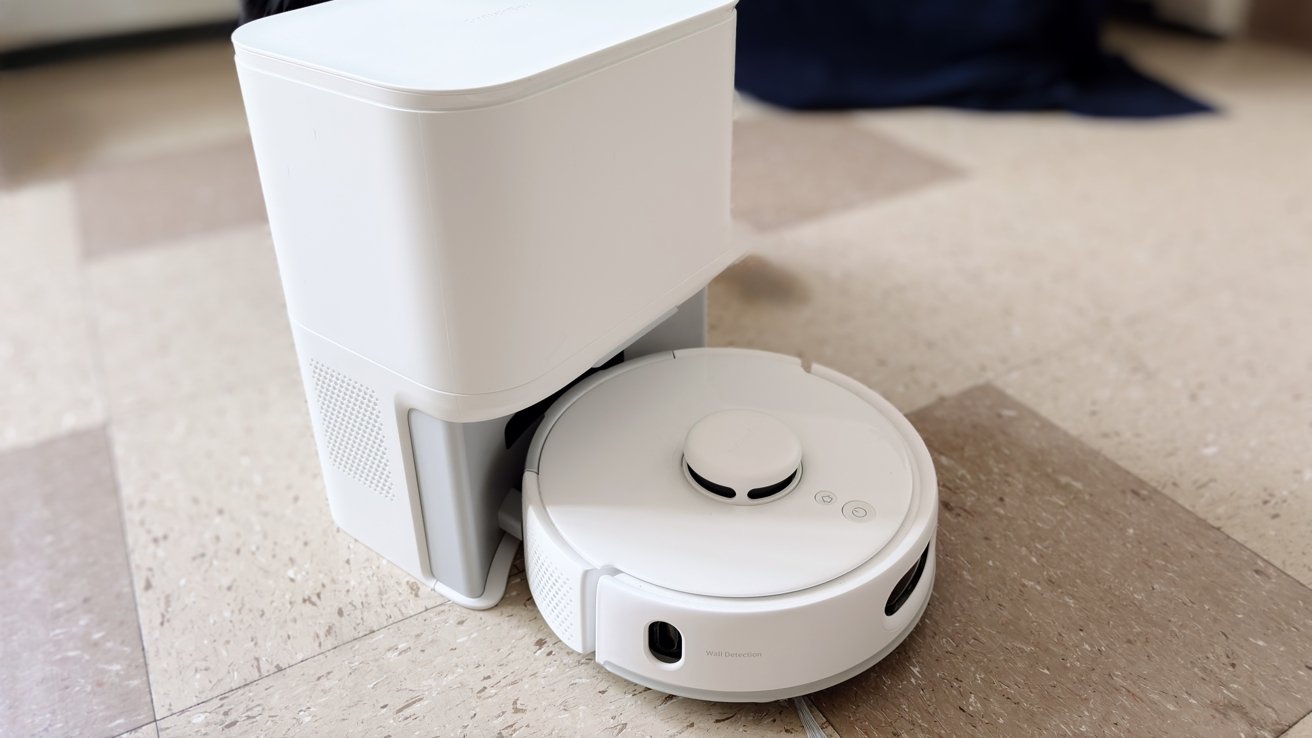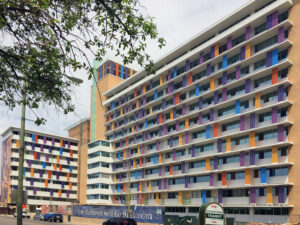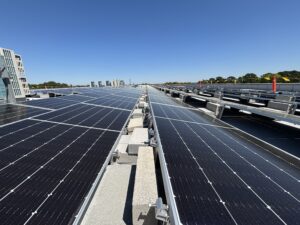Photo: An often-underappreciated element in the built environment, flooring selection can have an actionable impact on nurse fatigue, staff retention and hiring. By Sandi Soraci, EDAC, LEED AP, NCIDQ, IIDA, RCR See Part I of this article, which explored the health and safety implications of flooring choices, as well as acoustic performance, visual impacts and... The post How Smart Flooring Choices Can Support Aging Populations: Part II appeared first on HCO News.
Photo: An often-underappreciated element in the built environment, flooring selection can have an actionable impact on nurse fatigue, staff retention and hiring.
By Sandi Soraci, EDAC, LEED AP, NCIDQ, IIDA, RCR
See Part I of this article, which explored the health and safety implications of flooring choices, as well as acoustic performance, visual impacts and wayfinding.
Fatigue is a contributing factor to caregiver burnout in facilities that support aging populations, and recruiting and training qualified staff is an ongoing challenge. Caring for the caregiver is directly impacted by the built environment and contributes to a more supportive, human-centered environment. An often-underappreciated element in the built environment, flooring selection can have an actionable impact on nurse fatigue, staff retention and hiring.
Selecting the Right Flooring

Factors like acoustics, cushioning, and indoor air quality are all important considerations when choosing a flooring that enhances both patient and staff experience.
Ease of Maintenance
Durable, hygienic, and easy-to-clean flooring reduces the time and effort needed for upkeep, allowing caregivers to focus more on resident care rather than environmental management.
Improved Workflow
Flooring that clearly delineates zones—such as resident rooms, staff-only areas, and high-traffic corridors—can streamline navigation, reduce errors and make day-to-day operations more efficient.
Reduced Stress and Burnout
When residents feel calm, confident and oriented, behavioral challenges are less likely to occur. That means fewer incidents of wandering, agitation, or falls—creating a more supportive and less stressful environment for staff.
Physical Relief
In spaces where staff are on their feet for long shifts, flooring with the right cushioning can reduce fatigue and musculoskeletal strain. That small detail has a big impact on caregiver well-being and job satisfaction.
Maintenance Considerations
In environments where in-house maintenance teams are often short-staffed or experience high turnover, flooring needs to be as low-maintenance as possible. Products that require labor-intensive refinishing or don’t withstand rolling mobility aids and frequent cleaning can quickly lead to higher operational costs. Flooring that works with staff—not against them—makes a measurable difference in both resident care and facility performance.
Smart specifications and installations can optimize operations and lower the total cost of ownership—while still providing residents with the familiar comforts of home. Here are some important things to consider when selecting flooring across the continuum of care:
- LVT in public areas and resident rooms offers strong durability with a more upscale look, but it should have a commercial-grade wear layer and scratch resistance.
- Sheet vinyl with welded seams provides a continuous surface that supports infection control protocols in skilled nursing areas. Look for options that never have to be refinished, such as Tarkett’s iQ collections.
- Hybrid carpet like Tarkett’s Powerbond are ideal for areas that are vulnerable to pet accidents or spills by providing an impermeable wall-to-wall moisture barrier that simplifies extraction and cleaning.
- Carpet tile with soil-resisting treatments and moisture barriers simplify spot cleaning and extend replacement cycles, while softening acoustics and offering a warm, residential look.
Environmental Considerations

Photo Credit (all): Courtesy of Tarkett
Additionally, as more senior living providers are embracing sustainability not just as a corporate value, but as a practical way to promote an overall sense of well-being, reduce operational costs, and appeal to environmentally conscious residents and families.
The first thing communities can do is focus on materials that last. Durability reduces the frequency of replacements, minimizes waste and lowers the total environmental impact over time.
Many communities are prioritizing flooring with low VOC emissions and third-party certifications that focus on improved indoor air quality, especially for residents with respiratory sensitivities. For example, flooring that is Certified Asthma & Allergy Friendly® is scientifically proven to reduce exposure to asthma and allergy triggers throughout its lifecycle.
Finally, communities can select materials that are part of a manufacturer’s take-back and recycling program, ensuring that old flooring can be kept from landfills when it’s replaced in the future. Tarkett’s ReStart take-back and recycling program recycled 2.1 million pounds of old flooring in 2024, just in North America. Through both closed- and open-loop recycling methods, the company is committed to taking back any type of flooring they produce, regardless of who manufactured it.
Some manufacturers do a better job than others with material transparency. Look for product-specific Environmental Product Declarations (EPDs) and third-party certifications like Cradle to Cradle and EcoVadis will help understand which companies are fully committed to sustainability and healthy materials.
What’s Next in Flooring
The next generation of senior living residents will demand more than institutional feeling neutrals, including:
- Designs that mimic natural materials like wood, stone, and textiles will continue to rise in popularity—not just for aesthetics, but for their calming effect on residents with dementia or sensory sensitivities.
- Expect more LVT and sheet products that replicate warm wood grains, woven textures, or organic patterns with lower maintenance requirements.
- Color palettes will trend toward earth tones and soft, restorative hues that support biophilic design principles and visual comfort.
- Customized color palettes to reflect regional aesthetics or community branding
- Design-forward collections that blend hospitality, wellness, and high-performance features
- A push toward flooring that supports dignified aging through elegant, residential design
Sandi Soraci, EDAC, LEED AP, NCIDQ, IIDA, RCR, is director of healthcare and senior living strategies for Tarkett North America.
The post How Smart Flooring Choices Can Support Aging Populations: Part II appeared first on HCO News.










